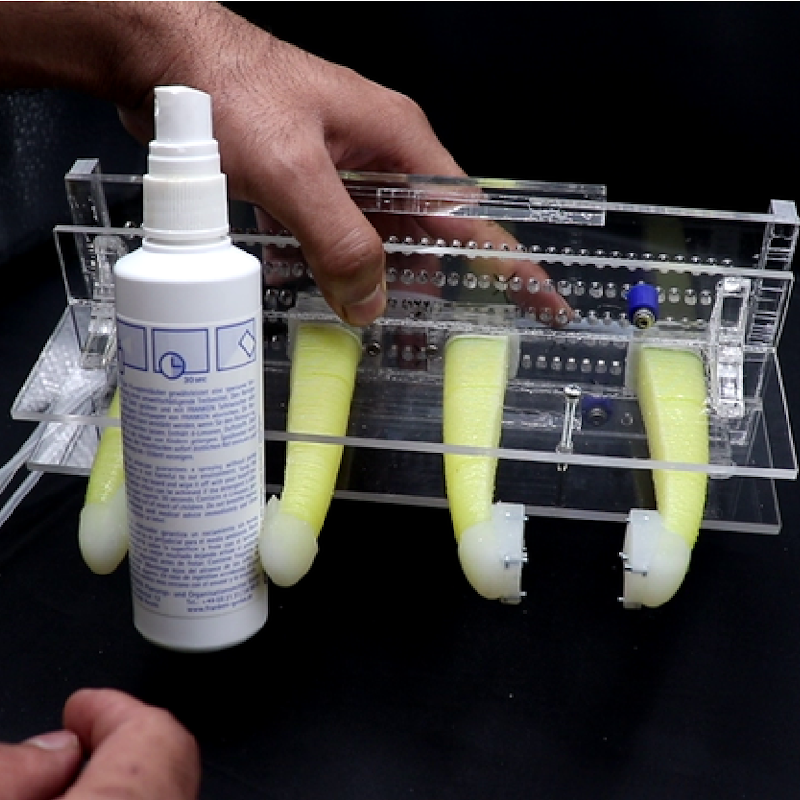Analysis of Soft Finger Pulp Design on Grasping and Manipulation
Motivation
Soft robotic hands are intrinsically compliant and exhibit a high degree of robustness and safety when interacting with the environment or with humans. By leveraging compliance, they demonstrate complex behaviors despite simple control. This phenomenon is commonly referred to as morphological computation. The novel RBO Hand 3 is a soft robotic hand which possesses 16 degrees of actuation and is built of soft pneumatic actuators. It serves as a research platform for investigating grasping and manipulation. On its palmar side, the RBO Hand 3 is covered with a soft silicone layer to imitate human finger pulps. During grasping, these pulps adapt their morphology to the shape of the object which leads to larger contact areas and thus, to improved grasping robustness.
Description of Work
The goal of this Master’s Thesis is to analyze how different materials and morphologies of the finger pulps affect grasping and manipulation. The following hypotheses will be investigated: First, softer materials and (up to a certain point) thicker soft layers increase contact areas and improve grasping and manipulation. Second, optimizing pulp morphologies to maximize contact during grasps of the Feix taxonomy improves automated grasping. Third, these hardware modifications introduce new modes of morphological computation and require specific control to unfold their full potential. This work will include building hardware parts (i.e, the pulps) for the RBO Hand 3 and for other soft robotic hands in our lab. Their effect on contact and performance of grasping and manipulation will be evaluated experimentally on a physical robotic system. These experiments will be planned, set up, executed and evaluated, for which quality metrics need to be determined.


